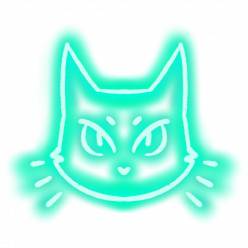Overview:
“Arachne was a weaver who acquired such skill in her art that she ventured to challenge Athena, goddess of war, handicraft, and practical reason. Athena wove a tapestry depicting the gods in majesty, while that of Arachne showed their amorous adventures. Enraged at the perfection of her rival’s work (or, alternatively, offended by its subject matter), Athena tore it to pieces, and in despair Arachne hanged herself. But the goddess out of pity loosened the rope, which became a cobweb; Arachne herself was changed into a spider, whence the name of the zoological class to which spiders belong, Arachnida. Ovid’s Metamorphoses is the chief source of the story.”
(Source: Arachne | Greek mythology | Britannica. (2020). In: Encyclopædia Britannica. [online] Available at: https://www.britannica.com/topic/Arachne. )
“Arachne in Greek mythology was a weaver who challenged Athena and was consequently transformed into a spider. There are three versions of the myth.
One version has it that she was a shepherd’s daughter that was particularly skilled at weaving. Boasting about her skill, she infuriated Athena, who appeared and contested her. Athena weaved four scenes in which the gods punished those humans that considered themselves equal to gods and committed hubris; Arachne, on the other hand, weaved scenes in which gods abused humans. Arachne’s work was clearly better than Athena’s; the goddess even more enraged due to what the weaving depicted, threw Hecate’s potion onto Arachne, transforming her into a spider and condemning her to weave for eternity.
In a different version, at the challenge, Athena weaved the contest between herself and Poseidon over who the patron saint of Athens would be, while Arachne did a depiction of Zeus’ advances to various mortal women. Athena realised how skilled Arachne was, but wanted to teach her to be more humble and respect the gods. Touching Arachne’s forehead, the woman was filled with shame and hung herself. Athena brought her back to life and turned her into a spider, in order to let her weave all the time.
In the final version of the myth, Zeus was the judge in the contest between Arachne and Athena, and whoever lost would not be allowed to touch a spindle or the loom again. Athena won in this version, and Arachne was devastated that she could no longer weave. Out of pity, Athena transformed her into a spider, so she could continue weaving without having to break her oath.”
(Source: GreekMythology.com (2015). Arachne – Greek Mythology. [online] Greekmythology.com. Available at: https://www.greekmythology.com/Myths/Mortals/Arachne/arachne.html. )
How Will This Help Me?
Unlike Iago, who is the source of envy in ‘Othello’, Arachne could be potentially seen as the victim of somebody else’s envy. Athena is the one portrayed as envious of Arachne’s talent, so she destroys her creation and, consequently, indirectly kills Arachne (at least as a human; she then becomes a spider, which means she, essentially, died as a human).
This closely links with my drive to showcase Envy as a fuel for revenge and hurt; moreover, Arachne’s physical transformation merges nicely with my idea to include disfigurement as both a result and a motive for envy, once again implying that Envy is the result of Pride being taken away.

